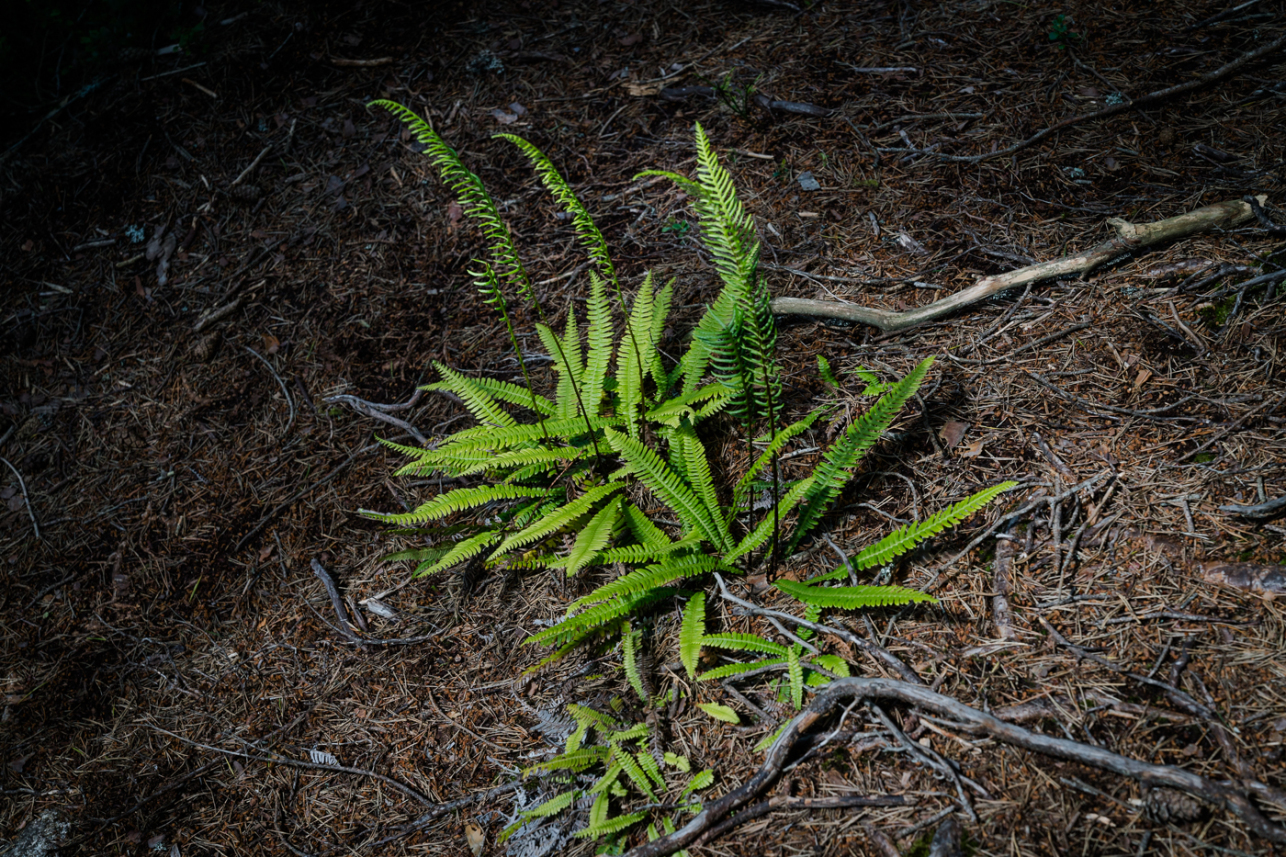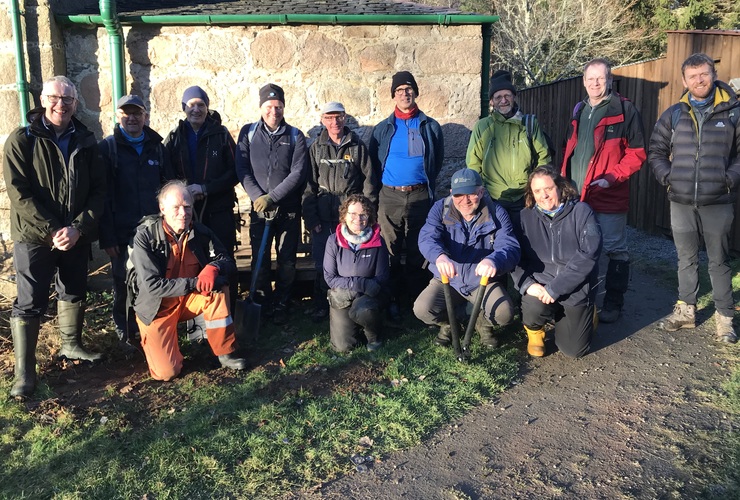Field Notes: Surveying moths in the Lakes
Thirlmere Project Officer Isaac Johnston shares some photographs of moths caught in his moth trap - a new project he's been working on in Cumbria.

We have been trapping moths at various locations around Thirlmere over the past few months. Moth surveys across four locations identified the presence of more than 200 species of moth. The surveys were undertaken to provide valuable baseline records ahead of planned woodland restoration work on site.
It was exciting to see such a broad range of species. We found one moth, Satin lutestring which is quite rare and lives in long established oak woodland.
Often quite specialist in terms of the habitat they inhabit, populations of many species of moth and butterfly can decline sharply if the environment they rely on changes. Land uses such as the intensification of farming and forestry as well as climate change all have an impact.
Typically, woodland dominated by broad-leaved trees such as oak, and with a wide age range from saplings to mature trees, support a rich and varied butterfly and moth fauna. Management of such woodland can also help many species, especially through the creation of a network of open clearings and glades through coppicing.

- Find out more about our work at Thirlmere near Helvellyn in the Lake District.


